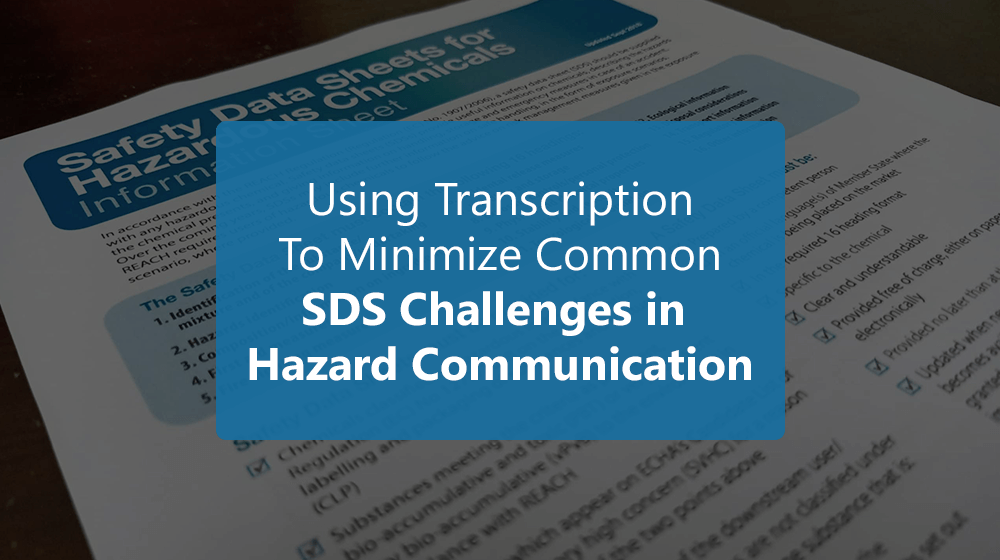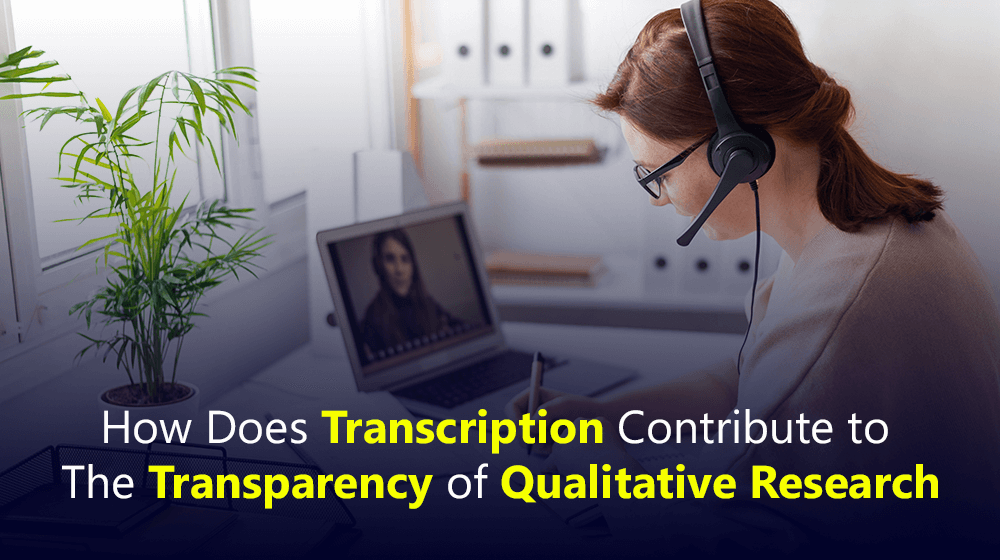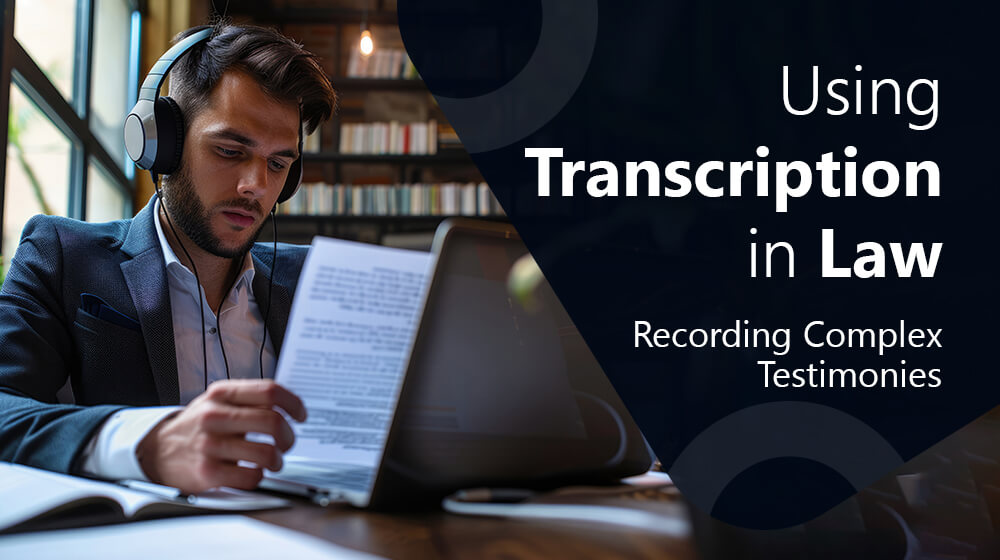Text mining, text analytics, or computational linguistics extracts valuable insights and information from large unstructured text datasets. With the ever-increasing volume of digital content, text mining has become essential for businesses, researchers, and individuals looking to analyze and understand textual data.
Now, we will explore text mining, its applications, and the methods used to extract meaningful insights from large text datasets.
Five Applications of Text Mining
Text mining has a versatile range of applications across different industries, including:
1. Marketing: Text mining helps study customer feedback, reviews, and social media posts to obtain insights into customer sentiment and preferences. This information further helps improve marketing campaigns and develop more effective products and services.
2. Healthcare: Text mining also aids in analyzing electronic health records, medical literature, and social media posts to identify patterns and trends in disease outbreaks, drug reactions, and other healthcare-related topics.
3. Finance: Text mining supports investigating financial reports, news articles, and social media posts to identify market trends, predict stock prices, and identify risks and opportunities.
4. Law enforcement: Text mining helps examine text data from crime reports, social media, and other sources to recognize certain patterns and trends in criminal activity and assist in investigations.
5. Academic research: It helps analyze large volumes of scientific literature to identify patterns and trends in research areas, helping researchers to stay up-to-date with the latest developments in their field.
Methods of Text Mining
There are several methods used to extract meaningful insights from large text datasets. Here are a few examples:
- Information retrieval: These techniques retrieve relevant documents or information from a larger dataset based on specific keywords or search terms.
- Text classification: Text classification categorizes text data into different classes or categories. It helps analyze customer feedback or categorize news articles.
- Sentiment analysis: This is the procedure of identifying and categorizing the sentiment expressed in a text, such as positive, negative, or neutral. This application is excellent for analyzing customer reviews or social media posts.
- Topic modeling: It is the process of identifying and extracting topics or themes from a large text dataset. It helps in identifying trends in the research literature or social media posts.
- Named entity recognition: It is the defined process of identifying and categorizing named entities in a text, such as people, organizations, and locations. It can help analyze news articles or social media posts.
Challenges in Text Mining
Text mining is not without its challenges. Some of the common challenges include:
1. Unstructured data: Text data is often unstructured, making it challenging to analyze and extract meaningful insights.
2. Noise: Text data can contain noise, such as spelling errors, grammatical errors, and irrelevant information, which can affect the accuracy of text mining.
3. Ambiguity: Data can be ambiguous, with multiple interpretations and meanings. It can make it difficult to classify or analyze text data accurately.
4. Scale: With the increasing volume of digital content, text mining requires scalable and efficient methods to process large text datasets.
Wrap up
Text mining is indeed a powerful tool that can help organizations derive valuable insights from large text datasets. By using text mining to identify trends and patterns, improve the customer experience, enhance decision-making, streamline operations, and enhance competitiveness. Organizations can also gain a significant advantage in today’s data-driven business environment. If you want the best analysis assistance enriched with the text mining approach, connect with us. Book your custom quote today!

















